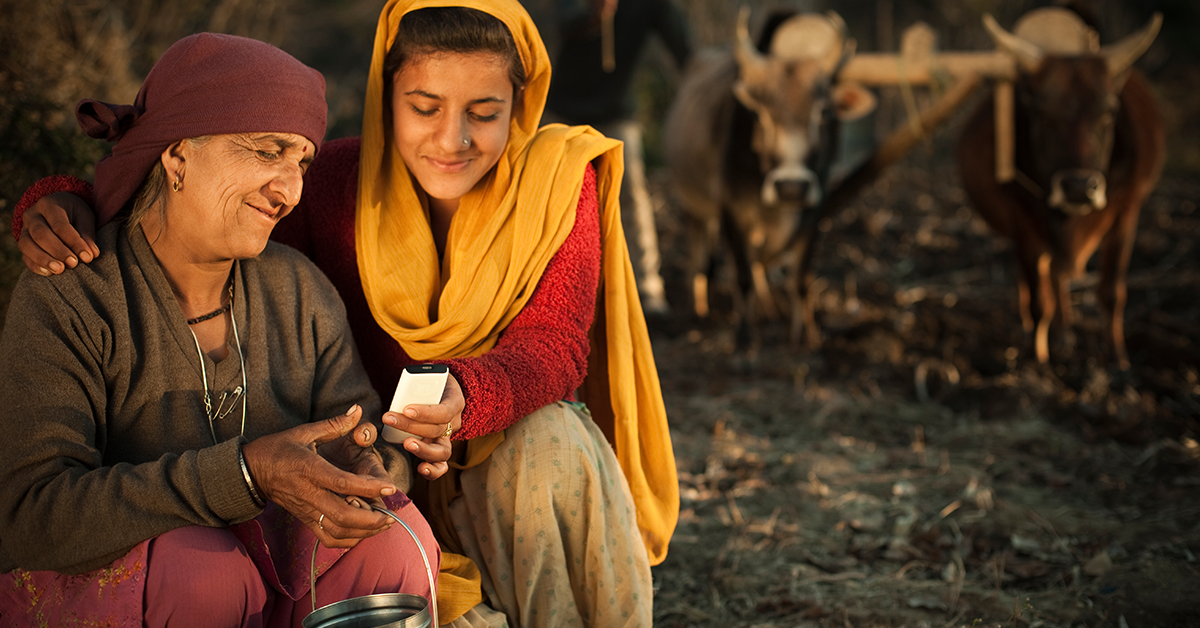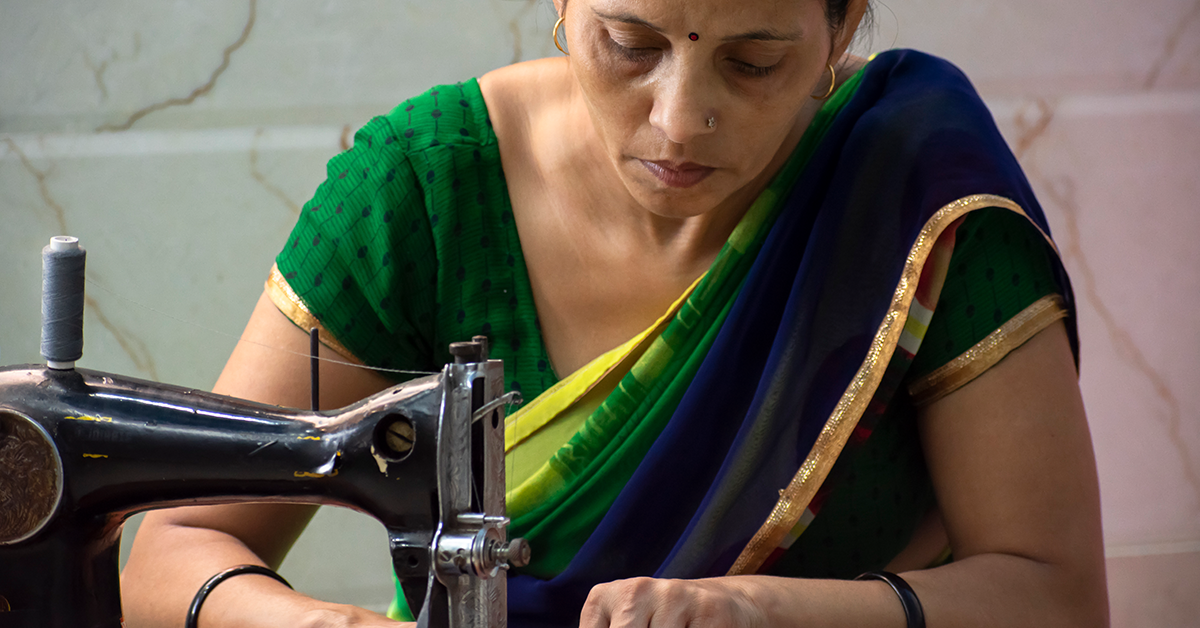Supported by the International Osteoporosis Foundation and Amgen, the Fight the Fracture Survey interviewed 400 patients aged 60 years or older across Asia who had suffered a fragility fracture within the last two years. Surprisingly, it found that:1
“Over 80% of patients believe that weak bones are an inevitable feature of the normal ageing process”
Let’s explore why patients might think that:
Some bone loss occurs is a natural part of ageing
This is because the process, which helped us to build bone in our youth, gets unbalanced as we age and we begin to lose more bone than we can replace.2
All women go through menopause, which causes bone loss
As women reach menopause, sex hormone levels fall causing your bones to lose minerals, such as calcium, leading to a loss of bone mass and density. In the first 5–7 years after menopause, women can lose up to 20% of their bone structure and this also occurs in men later in life.2
Broken bones happen because of a “silent disease” called osteoporosis which causes your bones to become weak and fragile, and put your bones at risk of breaking.2
When osteoporosis occurs, the internal structure of bones starts to break down at a much faster rate than they can be rebuilt, and this damages their strength and stability. Osteoporosis is often called the “silent disease” because you can’t feel your bones becoming weak and for many, a broken bone is often the first sign.
Click here to learn more about osteoporosis.
So, if you are a postmenopausal woman over 50 years old, you should request an osteoporosis assessment from your local doctor. Remember that broken bones aren’t a normal part of growing old, they can mean osteoporosis, and osteoporosis can be treated.



References – Your mum could have osteoporosis
1 International Osteoporosis Foundation. Facts and statistics. osteoporosis.foundation/facts-statistics.
2 International Agency for Research on Cancer. Cancer Today. 2018. gco.iarc.fr.
3 International Osteoporosis Foundation. The Asia-Pacific regional audit. Epidemiology, costs & burden of osteoporosis in 2013. osteoporosis.foundation/educational-hub/material/audits.
4 International Osteoporosis Foundation. That’s osteoporosis. A compact guide to osteoporosis and its prevention and treatment. 2019. osteoporosis.foundation/educational-hub/material/brochures.
5 Cooper C. Am J Med 1997;103:12S-17S; discussion 17S–19S.